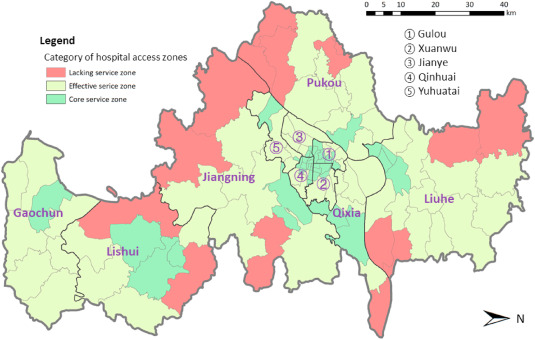Background: With the rapid demographic shift towards an ageing society, it is a concerted effort to facilitate elderly's access to healthcare in order to maintain and improve their quality of life. In China, hospital care services dominate the healthcare market, which requires a better understanding of accessibility to hospitals in order to rationally allocate resources in spatial and land use planning. However, little attention has been paid to analysing the geographical accessibility to hospitals specific to the elderly population.
Diabetic Retinopathy (DR) is one of the leading causes of preventable blindness in the working-age diabetic population in India and across the world. It may lead to permanent blindness if not detected in the early stages. The prevalence of DR among diabetics in India was 10% and 16.9% in 2014 and 2019, respectively. In 2019, the International Diabetes Federation estimated that Diabetic Mellitus will affect 101 million people in India in 2030; the largest number in any nation in the world.


